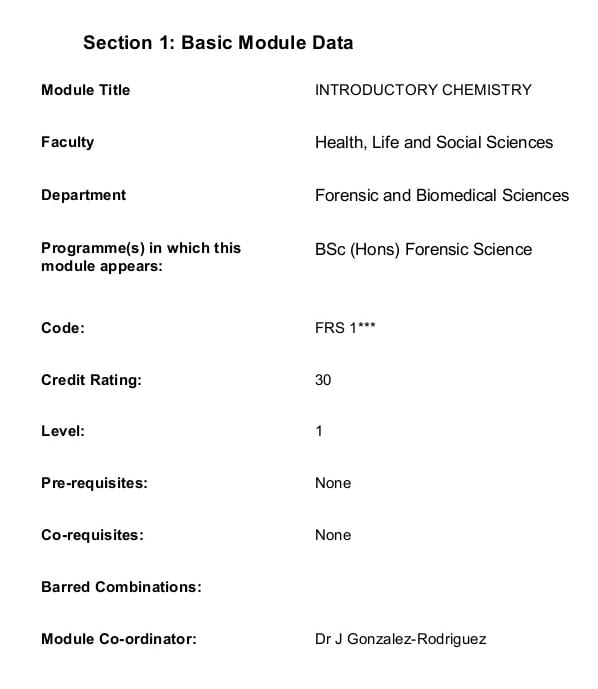Hello!
Welcome to the Chemistry.FM project blog. After you’ve read a brief description of our project, please sit back and enjoy the video below. It’s one of many video learning resources that were made earlier this year by students at the University of Lincoln to support a 30 credit Introductory Chemistry for Forensic Science course. Over the next twelve months, we’ll be building on those videos, to make all learning resources for the course openly available under a license which will allow others to re-use and re-mix the work we do at Lincoln. Don’t forget to subscribe to our news feed for updates to this blog! Thank you 🙂
Outline Project Description
This project will release all educational resources used in Year 1 ‘Introductory Chemistry for Forensic Science’ students (total of 30 credits). The course is designed to cover all the major areas of chemistry (inorganic, organic and physical). Last year, through internal, competitive bidding, the Centre for Educational Research and Development funded the production of high quality, student-produced videos for this course, which help explain difficult concepts using a mixture of animation and live action. Due to interest from other institutions, the videos are now available under a BY-NC-SA licence. With this present bid, we wish to extend this approach to all resources for this course. In addition, by working with Siren.FM a campus-based community radio station, we will use their recording and broadcasting expertise to develop additional multimedia resources with students and apply current online broadcasting methods to the creation and delivery of these materials. All resources will be made available through our JISC-funded Institutional Repository, third-party Web 2.0 services and via a dedicated website powered by Siren.FM. By employing both students and a campus-based enterprise, we will demonstrate a sustainable and innovative approach to the development and dissemination of OERs.
Hess’s Law
[kml_flashembed movie="http://www.youtube.com/v/y01ePN0Hr-Y" width="425" height="350" wmode="transparent" /]
